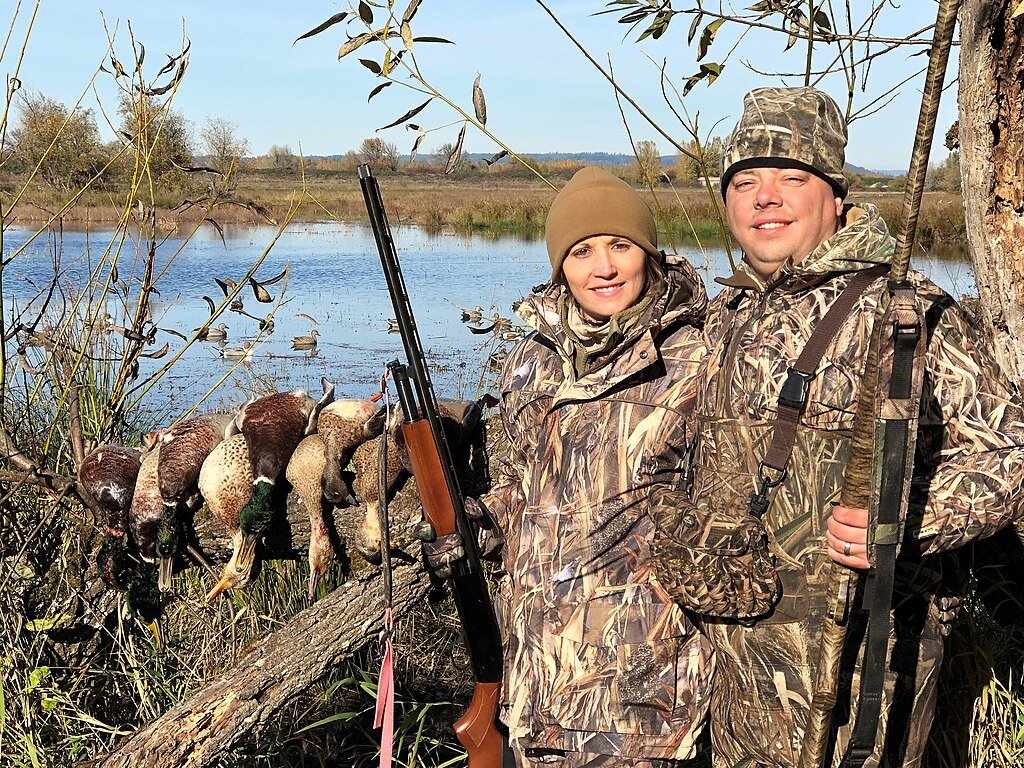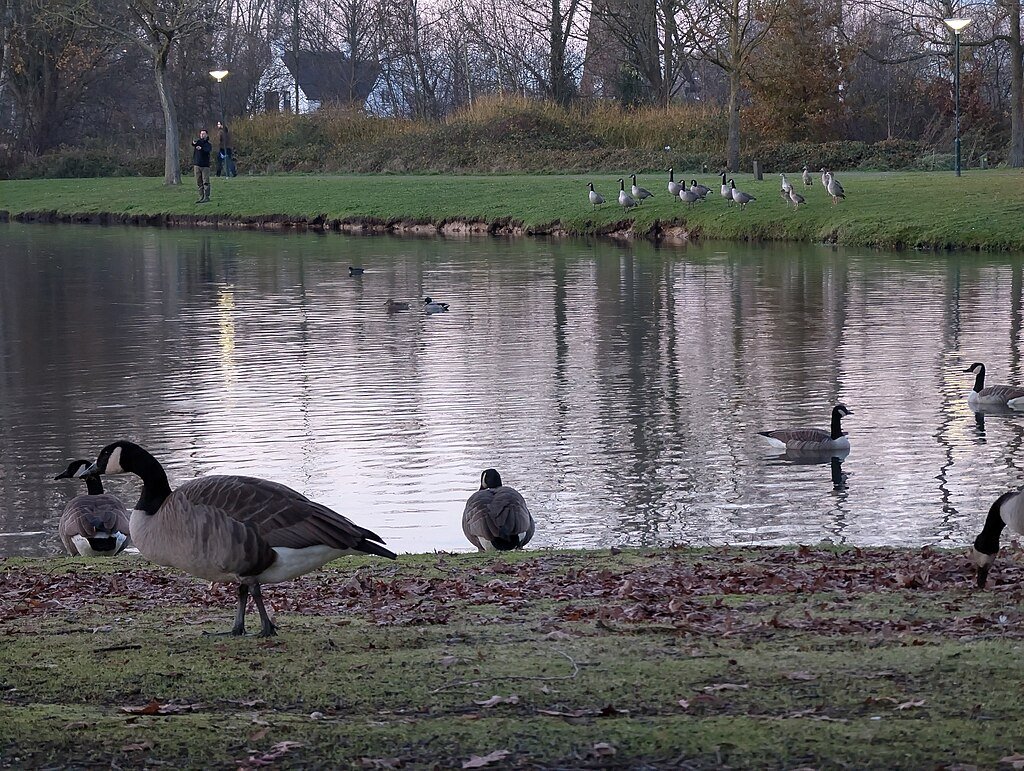The U.S. Fish and Wildlife Service (USFWS) has long relied on its annual waterfowl survey to manage hunting quotas and ensure sustainable wildlife practices. However, recent budget cuts implemented by the Department of Government Efficiency (DOGE) have placed this critical program at risk, sparking concerns among conservationists and hunters alike.
The Role of the Waterfowl Survey

For over a century, the waterfowl survey has been a cornerstone of wildlife management. By assessing bird populations and breeding habitats, such as the Prairie Potholes, the survey informs hunting quotas and conservation strategies. Its rigorous methodology has earned it global recognition as a gold-standard program.
Impact of Budget Cuts
The DOGE cuts have led to widespread layoffs, facility closures, and reduced resources for the USFWS. Experienced pilot biologists, essential for aerial surveys, have been among those affected. Without adequate staffing and funding, the survey faces challenges in maintaining aircraft, renewing electronic subscriptions, and conducting cross-border operations requiring Canadian visas.
Concerns from Conservationists and Hunters
Conservationists warn that the cuts could undermine the survey’s ability to provide accurate data, jeopardizing the sustainability of waterfowl hunting seasons. Hunters, particularly in states like Arkansas, have expressed concerns about the potential loss of this vital resource. The issue has sparked debates about balancing fiscal efficiency with environmental stewardship.
Future Implications
If the survey is compromised, the consequences could extend beyond hunting quotas. Reduced data accuracy may impact broader conservation efforts, including habitat restoration and climate change adaptation strategies. Advocates are calling for increased funding and support to ensure the program’s continuity.
Conclusion

The budget cuts to the USFWS highlight the challenges of maintaining essential conservation programs in the face of fiscal constraints. By addressing these issues, policymakers can ensure the survival of the waterfowl survey and its important role in wildlife management.
Source:




